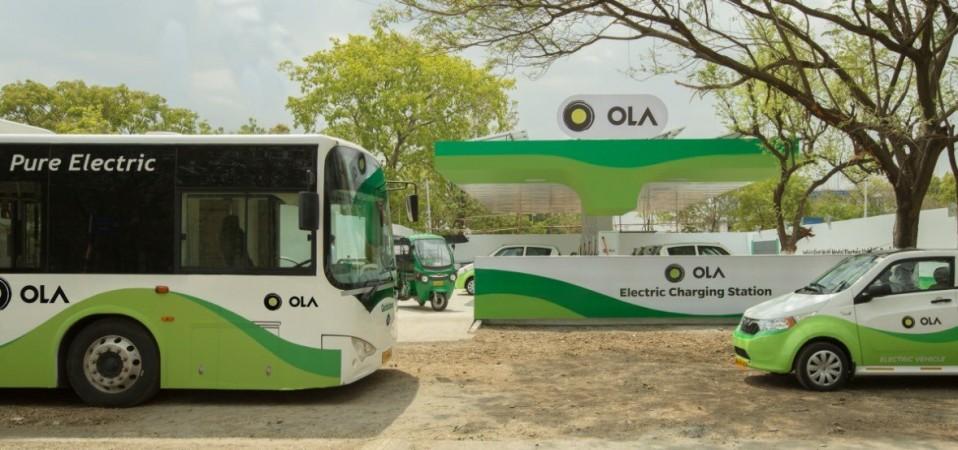
Towards making electric vehicles viable in our mobility ecosystem, the Ola Mobility Institute, policy research and social innovation think-tank, today unveiled a report on India's first multimodal E-Mobility initiative.
The report, titled 'Beyond Nagpur: The Promise of Electric Mobility', offers insights from extensive electric vehicle operations by India's largest shared mobility provider to help inspire business models, provide data to inform policy and encourage guidelines that will expedite the national effort to adopt electric mobility.
The study primarily focused on experimenting with various scenarios that would test the viability of EVs on economic metrics. One such essential metric, the Total Cost of Ownership or TCO, includes the direct and indirect costs of purchasing, running and maintaining a commercial vehicle over its typical lifetime of four years, making it a key driver to proliferate EVs on Indian roads towards realizing our E-mobility ambitions as a nation.
Some key findings from the report include -
● Early success in e-mobility should leverage shared mobility - Due to the low operating cost of an Electric Vehicle, high-mileage commercial owners are natural early adopters, given the economic incentive over the on-road life of internal combustion alternatives.
● Two and three-wheeler segments will enable unique deployment models – Small vehicles dominate Indian roads, so any attempt at electrification of the country's vehicle fleet must address the two and three-wheeler segments. Additionally, insights from the report suggest that TCO parity for four-wheelers is still years away, and hence other segments should be prioritised for electrification.
● Shared, public and commercial transport deliver a disproportionate share of Vehicle Kilometres Travelled - The highest proportions of passenger-kilometres travelled are by public and shared vehicles. Additionally, the largest fleets in the country are maintained by government agencies, civic bodies and app-based aggregators.
Hence, shared, public and commercial transport electric vehicles are better poised to bring down the total cost of ownership as opposed to an EV being used as a personal vehicle.
● Incentivizing usage more than the purchase of vehicles - The Government's push for gaining more clean kilometres can be achieved only when we look beyond incentivising just the purchase cost of EVs. Usage-based incentives on electric vehicles will accelerate innovation, encourage early adopters, enable new business models, and promote low-cost shared mobility services.
The report identifies specific measures to encourage the adoption of EVs, based on significant learnings from hands-on operations, and a deep understanding of financial metrics.
For example, Ola's EV pilot has shown significant operational pressure on charging stations during peak periods, suggesting utilization challenges for infrastructure. The pilot also showed substantial potential for battery swapping as a reliable charging mechanism for small format vehicles.
During the Nagpur pilot, lithium-ion battery swapping increased the available operating time for three wheelers by 25% compared to fixed battery systems, and by 50% when compared to lead-acid battery powered alternatives.
Additionally, the report also presents data to encourage the usage of renewable energy to power EV infrastructure. For instance, installing rooftop solar panels on Nagpur charging stations reduced the average electricity expense of the platform by 28%.
Anand Shah, Senior Vice President and Head of Ola Mobility Institute (OMI), said, "The Nagpur pilot was designed to provide the first-hand experience to inform a viable business model for electric vehicles at scale. We are convinced that the growing base of renewable energy combined with sound policy measures to promote high utilization of electric vehicles can make India an exemplar for market-based electric vehicle ecosystem."
The electric fleet of Ola in Nagpur - a combination of e-rickshaws and e-cabs - has served over 3,50,000 customers, clocked over 7.5 million km, saved over 5.7 lakh litres of fossil fuel, and reduced CO2 emission by over 1,230 tons since its inception.

















